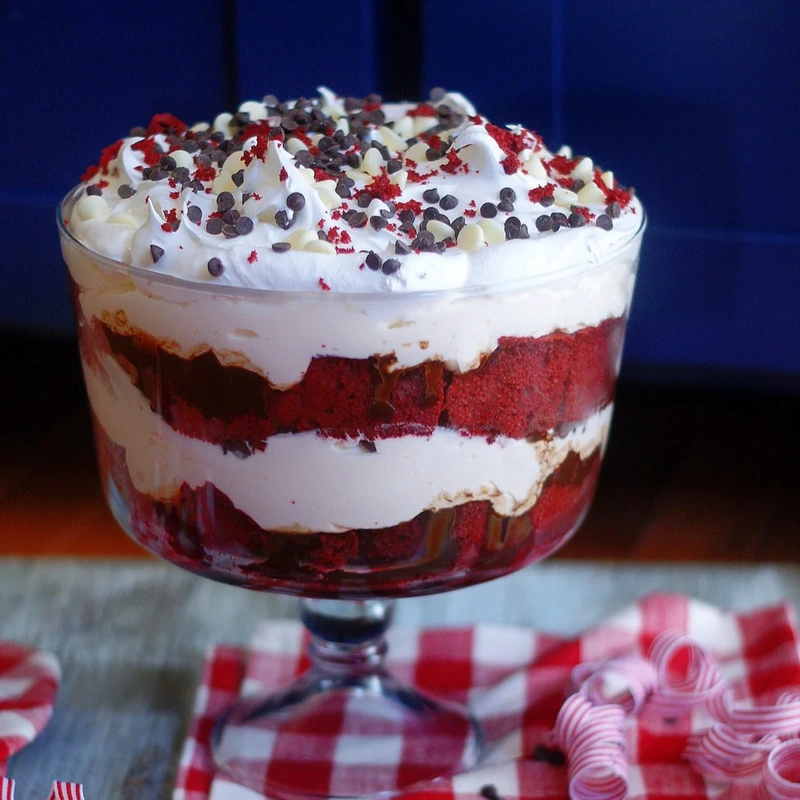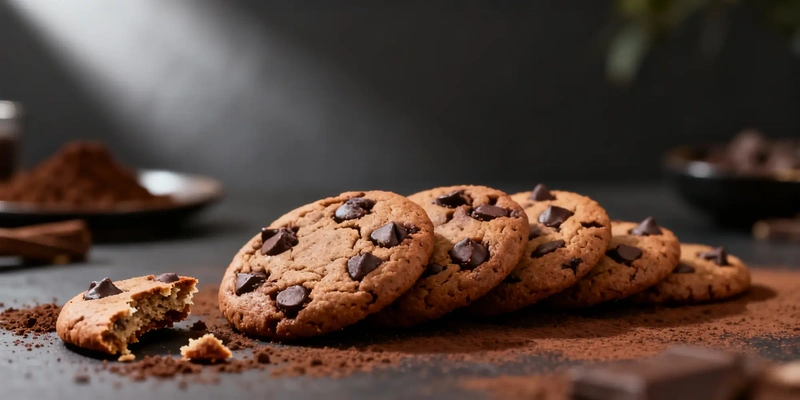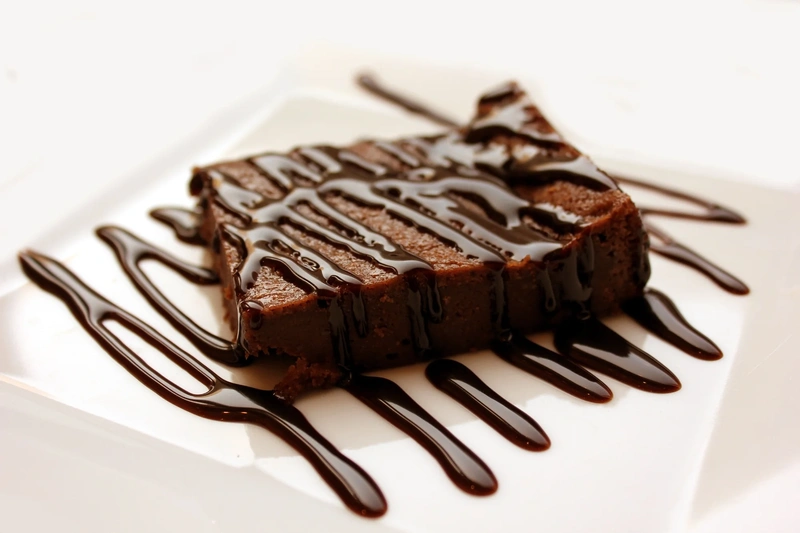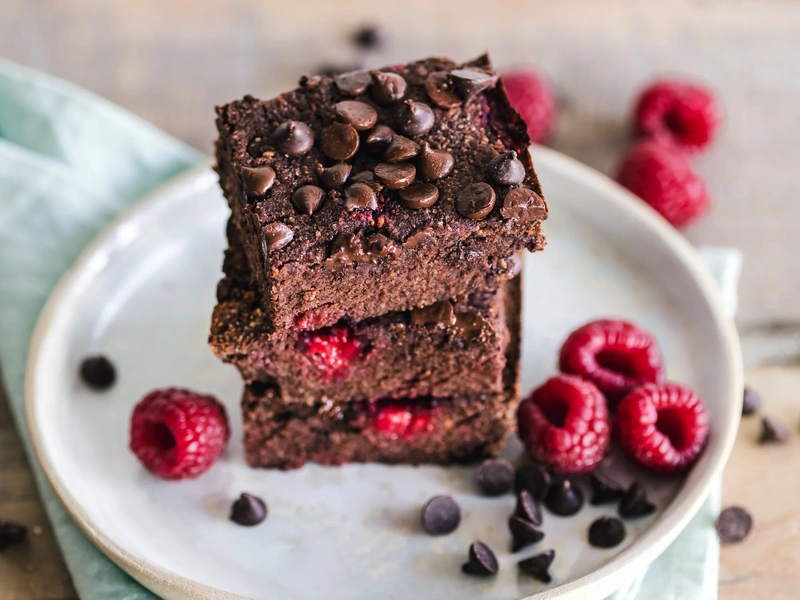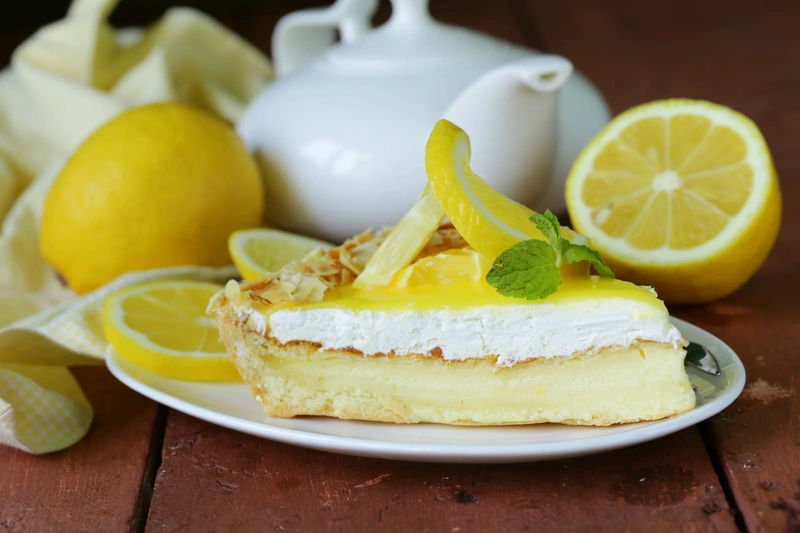Now that you know what is cooking cream, the next question is are they different from other types of cream? Few people are aware that cooking cream—also marketed as culinary cream—differs significantly from whipping cream and all-purpose cream. The main distinction is in how it may be used. Cooking cream differs from other types of cream in the following ways, which make it the type of cream you should use for cooking:
- Cooking cream cannot be whipped and is still pliable after being refrigerated. Compared to other creams, whipping cream has more milk fat, which eases the process to whip to soft or even stiff peaks. All-purpose cream on the other hand has stabilizers added to the cream to make it simple to use in practically any recipe and to keep it consistent for cooking and even for making whipped cream. However, cooking cream is not intended to be whipped. Even when refrigerated, it won't get as thick as all-purpose cream and has less fat than whipped cream.
- The viscosity of cooking cream is thinner, making it simple to mix with other liquids. In Europe, single cream or light cream are additional names for cooking cream. Compared to whipping cream and all-purpose cream, it has a thinner, more liquid consistency that makes it simple to whisk into sauces, gravies, and even stews and soups.
- Cream used in cooking won't separate when heated or even cooked. The key benefit of cooking cream over other types of cream is that it won't curdle if your dish is brought to a boil. When you don't have evaporated milk on hand, it's ideal for preparing luscious pasta sauces like carbonara and boiling in soups and stews like cream of mushroom soup and extremely milky sopas.
And that’s it, folks. That is what is cooking cream is! Simple right? However, finding a good cream is not as easy as googling what is cooking cream. Having a hard time finding good cream? To discover delicious whipping cream and more in one easy place, shop from Tropolite, the best-whipped cream brand in India.






